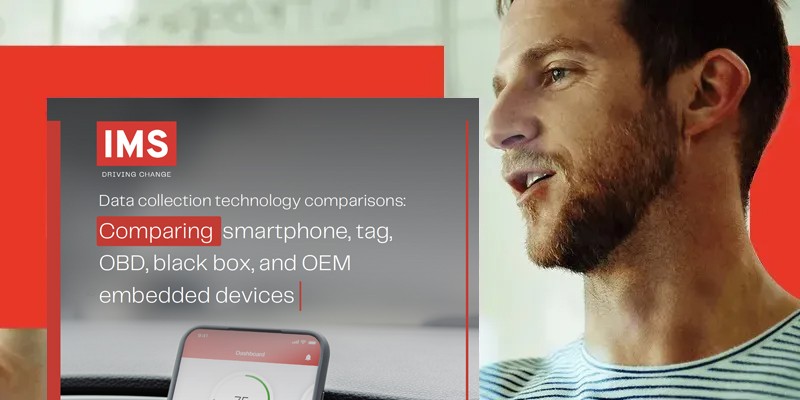Telematics and usage-based insurance (UBI) are transforming the automotive and insurance industries. As these fields evolve, the technologies used to gather and analyze driver data are becoming increasingly sophisticated. Among the diverse options available, Black Box Obd2/eobd devices stand out as a powerful and versatile solution for data collection. Understanding the capabilities and advantages of black box OBD2/EOBD is crucial for insurers and businesses looking to implement effective telematics programs.
 W-Data-collection-technology-com-2024
W-Data-collection-technology-com-2024
The landscape of vehicle data collection has expanded significantly, offering various methods from smartphone apps to embedded OEM systems. However, black box OBD2/EOBD devices provide a unique set of benefits, particularly in terms of data richness and ease of deployment. These devices plug directly into a vehicle’s OBD2 or EOBD port – a standardized interface present in most modern cars – to access a wealth of diagnostic and performance data.
OBD2/EOBD Explained for Black Box Telematics
OBD2 (On-Board Diagnostics II) and EOBD (European On-Board Diagnostics) are standardized systems that provide access to vehicle data related to emissions, engine performance, and more. A black box OBD2/EOBD device leverages this interface to collect real-time data points such as speed, acceleration, braking habits, engine diagnostics codes, and fuel consumption. This data is then transmitted wirelessly to a central server for analysis, providing valuable insights into driving behavior and vehicle health.
Compared to other telematics data collection methods, black box OBD2/EOBD offers several advantages. Unlike smartphone-based solutions, they are less reliant on driver compliance and provide more consistent data streams directly from the vehicle’s systems. While Bluetooth tags offer simplicity, they typically lack the depth of data available through the OBD2/EOBD port. Professionally installed systems can be costly and complex, whereas black box OBD2/EOBD devices are generally self-installed and easily scalable.
The Role of Black Box OBD2/EOBD in Insurance and Beyond
For insurance telematics and UBI programs, black box OBD2/EOBD devices are invaluable. They enable insurers to gain a comprehensive understanding of driving risk by monitoring actual driving behavior. This data can be used to personalize insurance premiums based on individual driving habits, reward safe drivers, and offer valuable feedback to policyholders to improve their driving skills.
Beyond insurance, black box OBD2/EOBD technology is also applicable in fleet management, vehicle diagnostics, and connected car services. Businesses can use OBD2 data to optimize fleet operations, monitor vehicle maintenance needs, and improve driver safety across their organization. The detailed diagnostic information available through black box OBD2/EOBD can also assist in proactive vehicle maintenance, reducing downtime and repair costs.
Choosing the Right Black Box OBD2/EOBD Solution
Selecting the appropriate black box OBD2/EOBD device and telematics service provider is crucial for program success. Factors to consider include data accuracy, reliability of the device, data transmission capabilities, platform integration, and security measures. A knowledgeable telematics service provider can guide you through the options and help you choose a solution that aligns with your specific program objectives and requirements.
In conclusion, black box OBD2/EOBD technology represents a significant advancement in vehicle data collection for telematics. Its ability to tap into the rich data stream from the OBD2/EOBD port, combined with its ease of use and scalability, makes it a compelling choice for insurance companies and businesses seeking robust and insightful telematics solutions. As the telematics landscape continues to evolve, black box OBD2/EOBD devices are poised to remain a key technology for understanding vehicle and driver behavior.